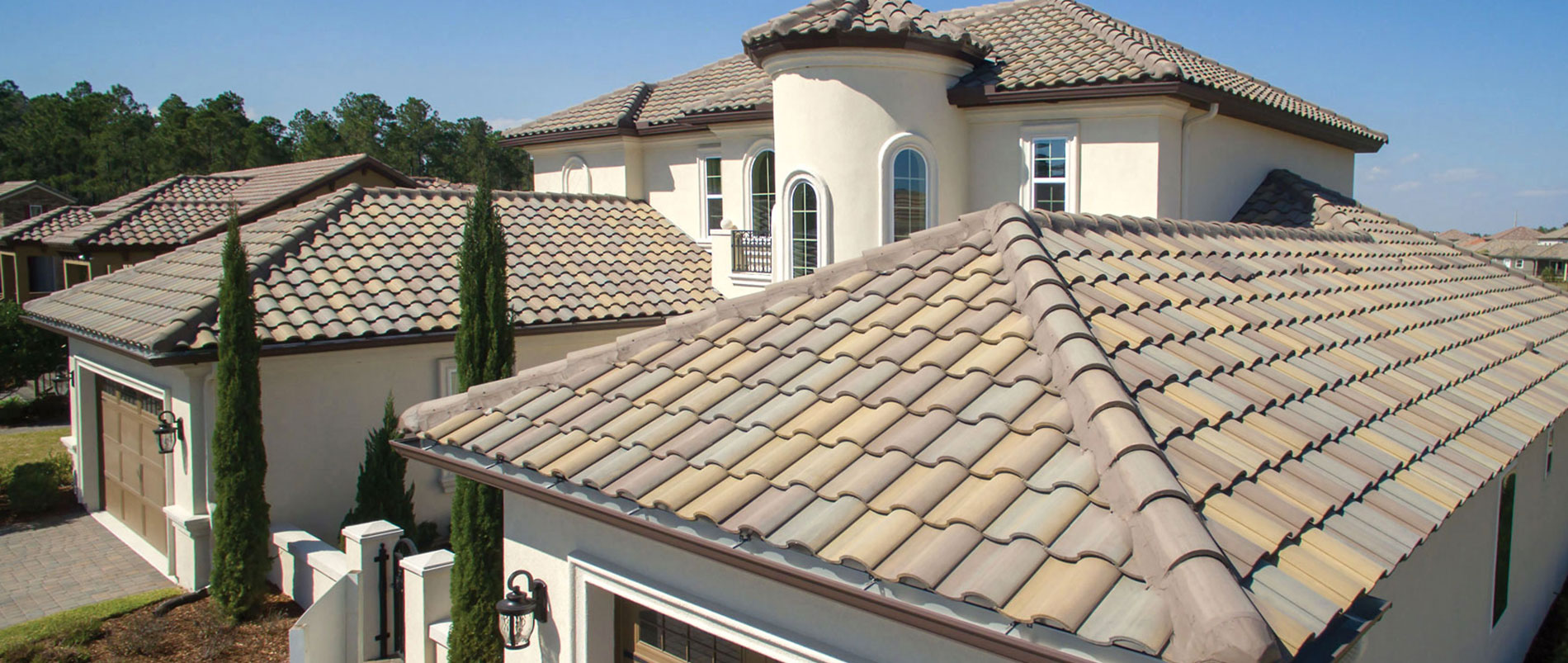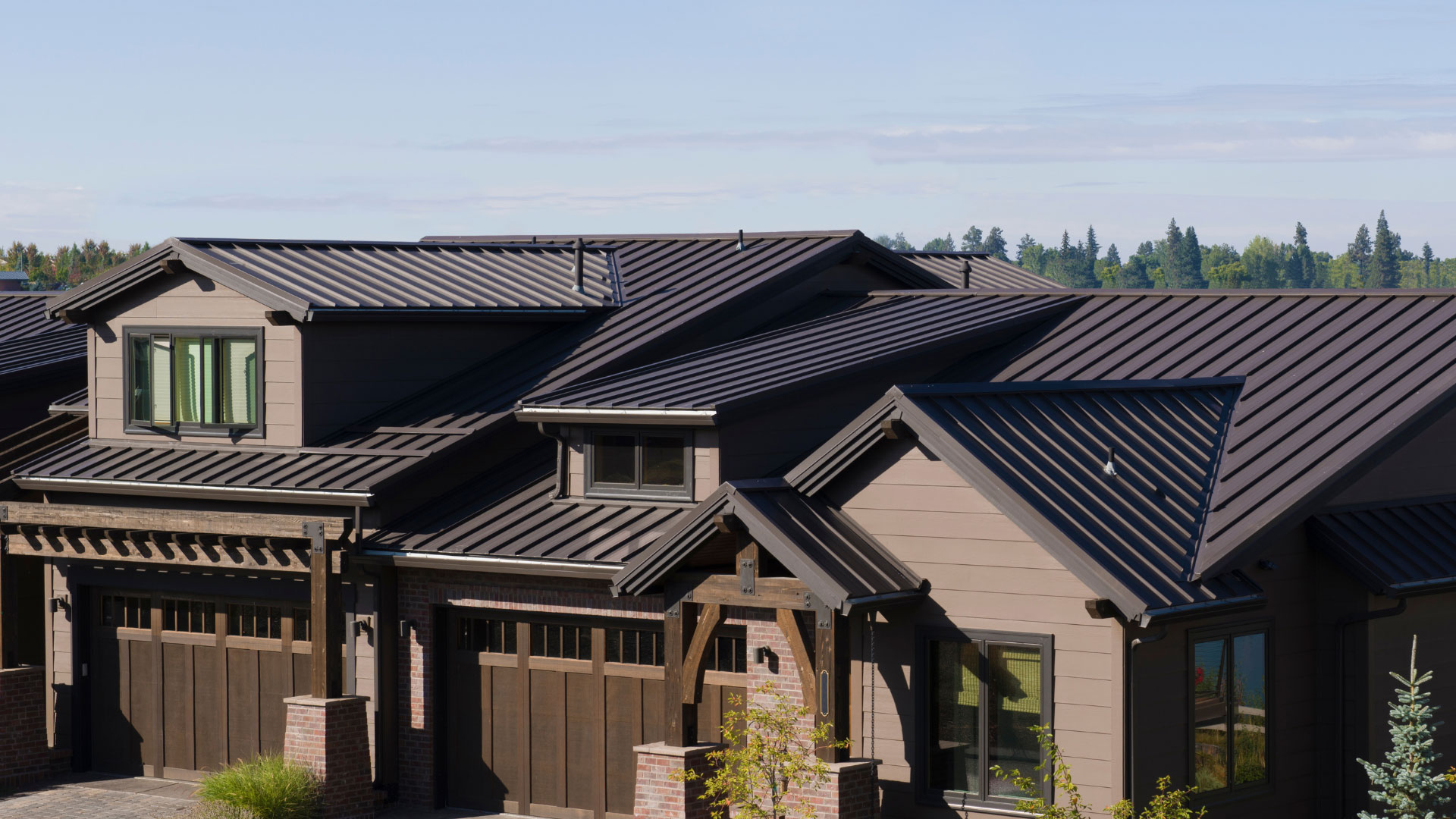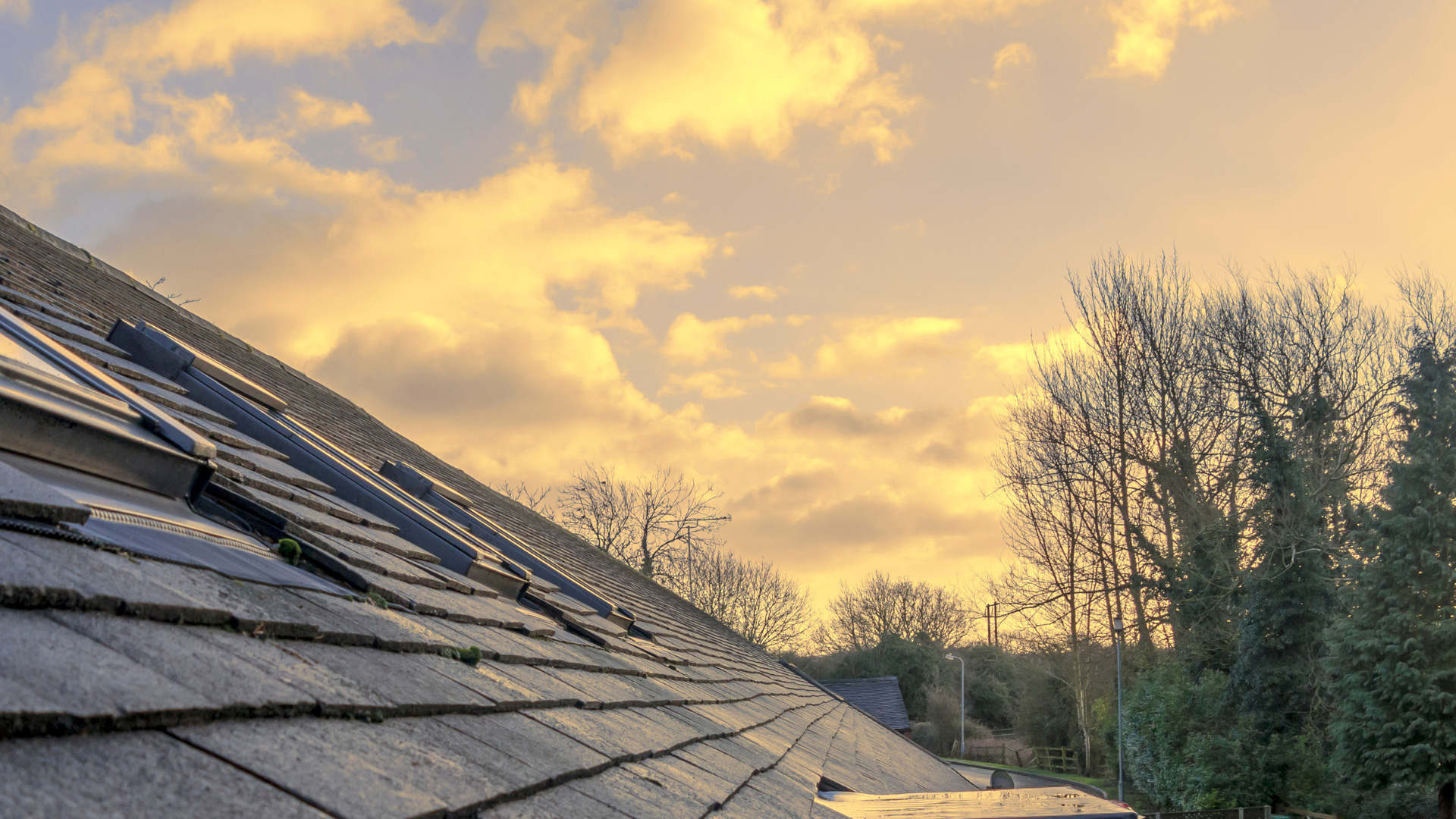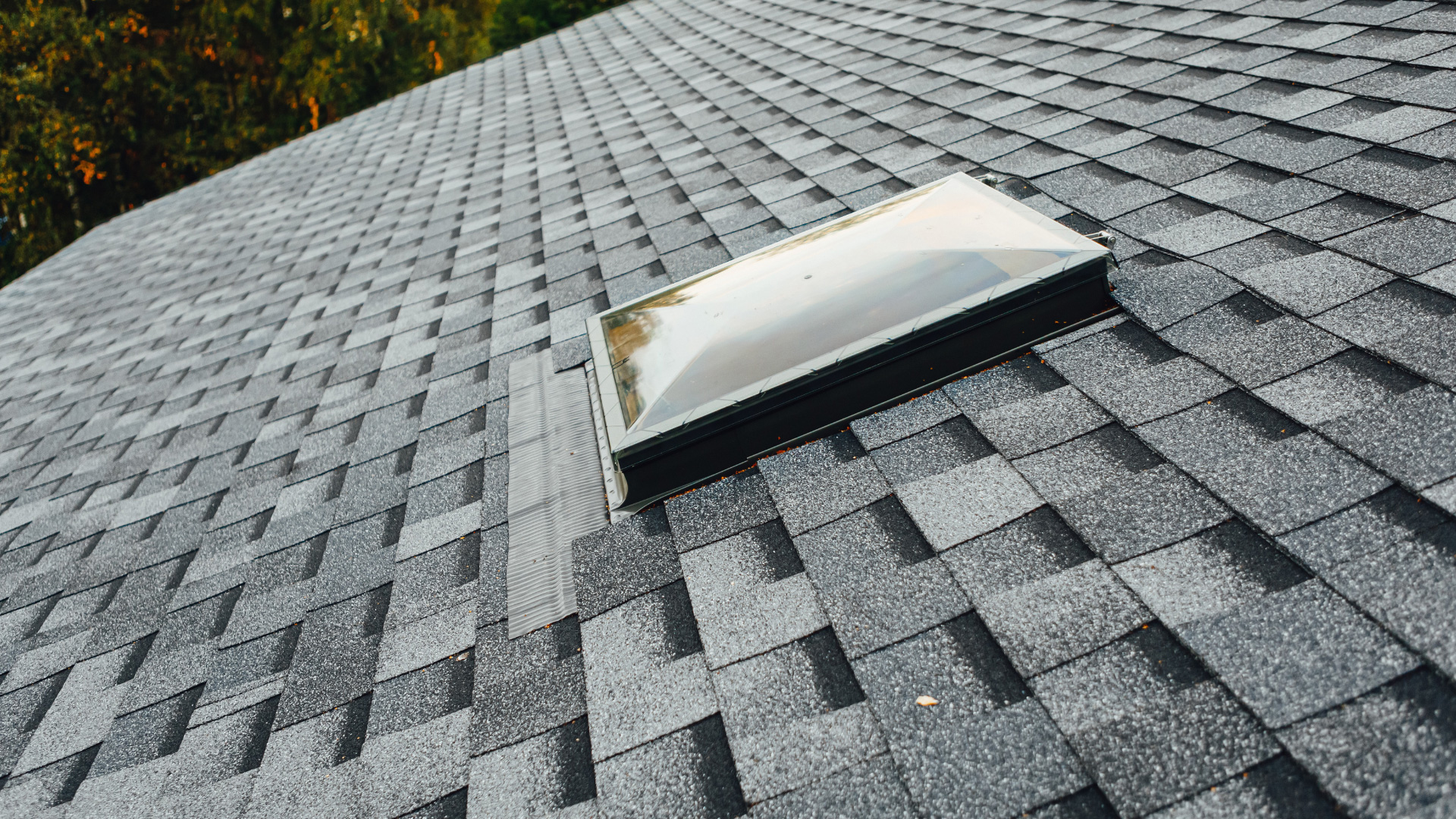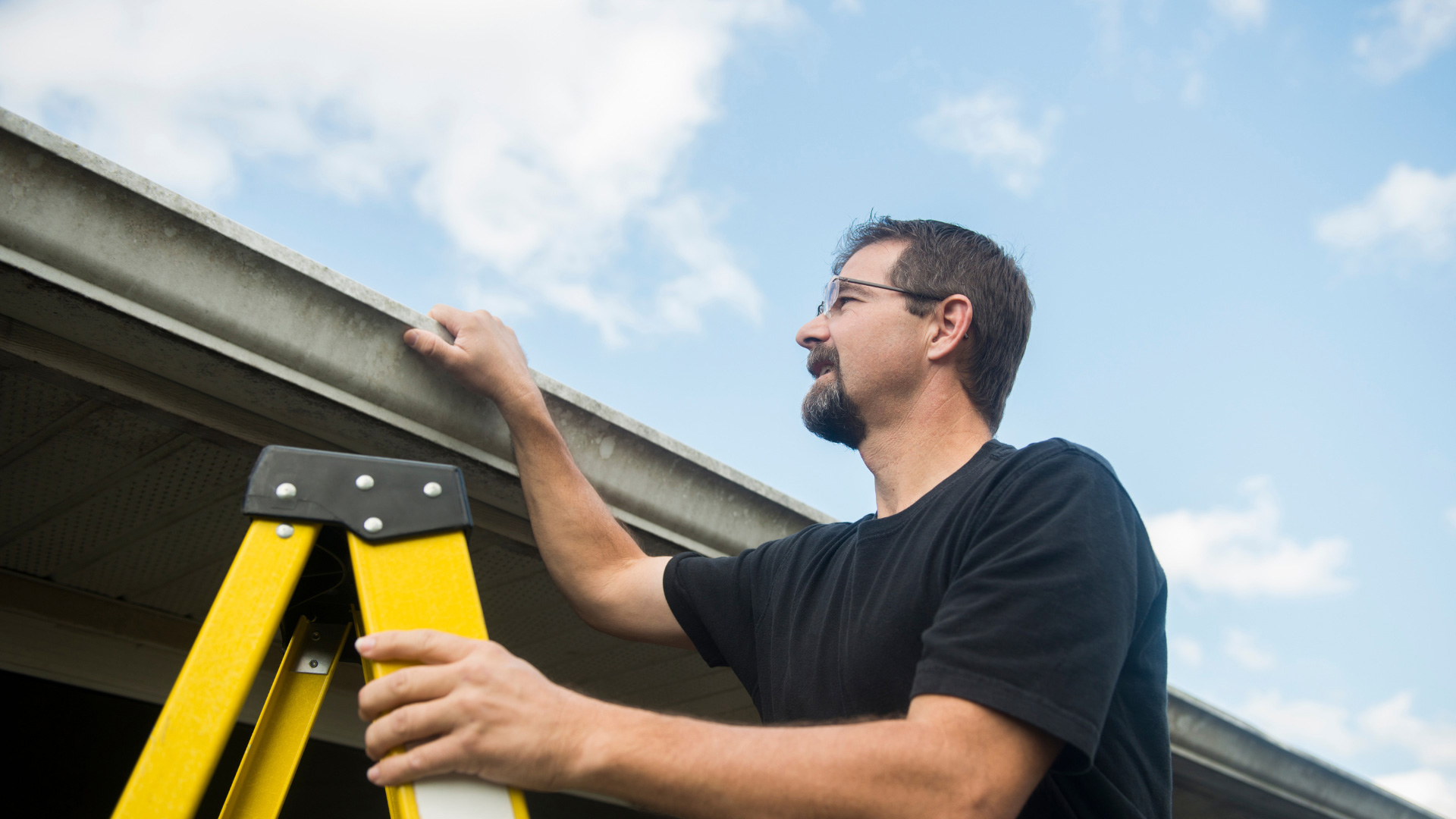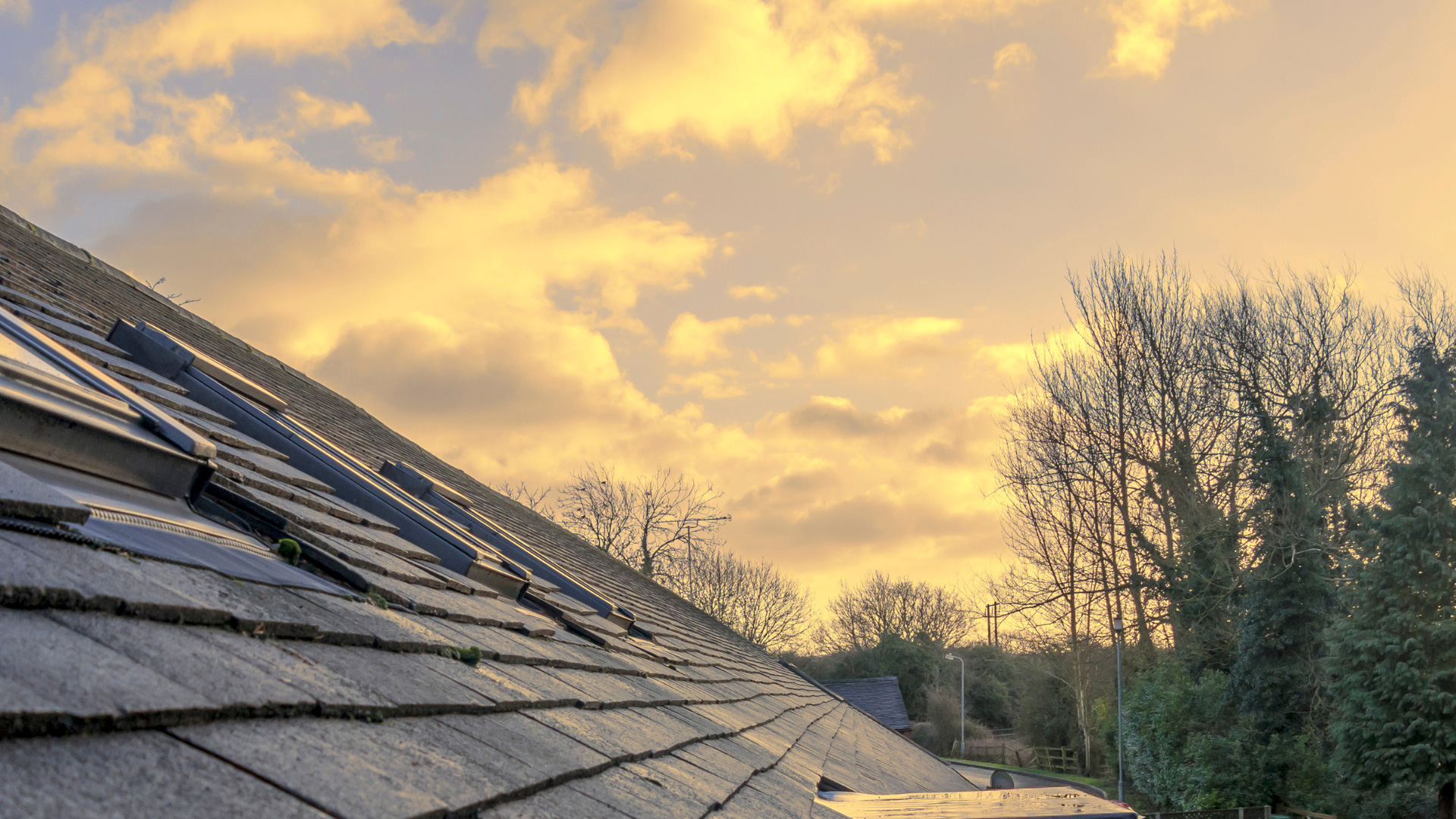Standing seam and corrugated metal panels are two of the most popular types in the roofing market. Property owners like these types, as they have reasonable durability and offer reliable protection against natural elements. As you decide which material to use for your home, you may be wondering about the difference between a standing seam vs corrugated metal roof. Read on to discover the advantages and disadvantages of each type.
What Is a Standing Seam Roof?
In simple terms, a standing seam roof is a roofing style where roofing panels are attached by concealed fasteners. In addition, the roofing panels feature interlocking seams that connect one panel to the adjacent one.
Standing Seam Roof Advantages
A standing seam roof style has many merits, a reason it’s growing popular. These include the following:
- Looks Aesthetically Pleasing: The roof’s hidden fasteners and interlocking seams give the roof a clean appearance, making it great for property owners who mind aesthetic appeal.
- Has a Reduced Likelihood of Leaks: Standing seam roofs have concealed fasteners and interlocking seams, which eliminate the potential of water seepage into your interior.
- Fits Low Slope Roofs: Standing roofs are a suitable option for low slope roofs, since their vertical orientation and interlocking seams ensure efficient drainage.
- Works Great With Solar Panels: For homeowners who wish to tap the benefits of solar, standing seam roofs won’t disappoint since they can bear the weight of panels while facilitating smooth installation.
Standing Seam Roof Disadvantages
On the downside, standing seam roofs tend to be a more expensive option, costing almost double the price of corrugated metal roofs. Other disadvantages include:
- Requires a Skilled Expert: This type of roof requires a skilled expert to set the roof up due to the complexity of the job, leading to a higher installation cost.
- Takes Longer To Install: Standing seam roofs take more time to install and are difficult to repair since they require taking each panel out to replace them.
What Is a Corrugated Metal Roof?
A corrugated metal roofing is made up of metal sheets with U-shaped ridges. These ridges add structural strength to the metal sheets, enhancing durability and load-bearing.
Corrugated Metal Roof Advantages
The corrugated metal roof stands out for its low price tag, making it an excellent choice for individuals on a budget. Other features include:
- Has an Easy Installation Process: Installing this type of roof is fairly easy, eliminating the need for expensive labor.
- Shows Fewer Signs of Oil Canning: Different from flat sheets, the corrugated metal roof shows fewer signs of oil canning.
Corrugated Metal Roof Disadvantages
Corrugated metal roofs typically require more maintenance. The roof’s fasteners are exposed to elements that accelerate deterioration, and debris accumulates in the grooves, further accelerating wear and tear. Other downsides to keep in mind when using corrugated metal roofs include:
- Experiences a Higher Likelihood of Leaks: The exposed fasteners on corrugated roofs get loose over time, causing your roof to lose the ability to prevent leaks.
- Lacks Aesthetic Appeal: Corrugated roofs have a simple, regular appearance, which might not appeal if you have a high taste in aesthetics.
- Has Less Weather Tightness: When the exposed fasteners deteriorate, corrugated metal sheets lose their ability to keep weather elements off your interior.
Get an Expert To Help You Choose the Right Roof
Without a doubt, choosing between a standing seam vs corrugated metal roof can be challenging for an inexperienced person. For this reason, it matters to engage professionals like Roofing Optimum, so you don’t make a wrong choice.
We’ll assess your roof, budget, local climate and individual preferences. Afterward, our roofers will recommend the right roofing style for your home. Contact us for expert advice on what type of metal roof to choose for your home, or download The Optimum Guide To Your New Roof.

